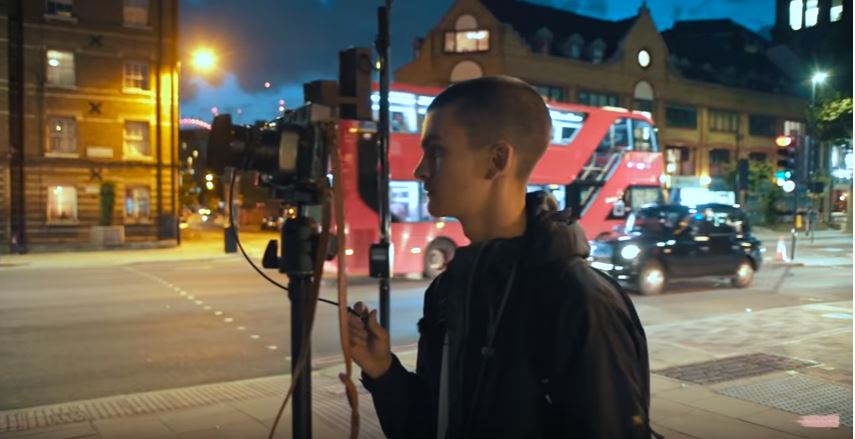Doing night photography or shooting in low light is pretty easy when you’re using digital gear, but it’s certainly more challenging to do when you choose to work with film. Going blind and shooting unprepared with a film camera has been the source of frustration for many who are just getting into it. The good news is, you don’t have to.
With tons of learning resources that you can now find online, you can save yourself the heartache of badly shot night photos and wasted films. One such example is UK-based film photography website Negative Feedback, which feeds your curiosity about shooting film through their short videos.
To give you an idea about what’s involved with night photography on film, Negative Feedback’s George Muncey and Louis Bryant prowled the streets armed with a Mamiya 7 with 65mm lens, and loaded it with Kodak Portra 160, 400, and 800. Watch the video below to see the results for each film.
This exercise was a nice demonstration of the exposure times necessary for each ISO (the lowest ISO film needing the most exposure time). This is an important consideration for the location where you’re shooting. A 160 ISO film, in this case, won’t be the best to shoot in a busy street at night given the slow shutter speed it requires. Another important tip is having the right equipment with you. As George stressed, a reliable light meter, cable release, and sturdy tripod are your best friends. If you want the best results, your camera’s built-in light meter or smartphone’s light meter app just won’t do anymore. Likewise, the cable release and tripod will ensure that your camera is stable during the exposure and prevent blur in your photos. George also talks about things like the reciprocity failure and how to compensate for it.
On a final note, George also answers why it’s best to shoot with at least 400 ISO films at night. With nearly identical results from both the Portra 160 and Portra 400 films, the latter would be the better choice given shorter exposure time (and thus minimal glare from light sources) and minimal grain.


